Mastering the **straight barrel grip** is key to consistent dart throws; it’s about finding the right finger placement and pressure. This article provides essential **straight barrel grip tips** to enhance your accuracy and control, covering everything from finding your ideal grip point to adjusting your technique for different barrel weights.
⚠️ Still Using Pen & Paper (or a Chalkboard)?! ⚠️
Step into the future! The Dart Counter App handles all the scoring, suggests checkouts, and tracks your stats automatically. It's easier than you think!
Try the Smart Dart Counter App FREE!Ready for an upgrade? Click above!
Understanding the Straight Barrel Dart Grip
The **straight barrel dart** is a popular choice among players due to its consistent feel and balance. This simplicity extends to the grip, where understanding a few key principles can dramatically improve your game. A good grip promotes a smooth release and minimizes unwanted dart wobble.
Finding Your Grip Point
The grip point on a straight barrel dart is the area where you place your fingers and thumb to maintain control during the throw. There’s no one-size-fits-all answer here; it depends on your hand size, finger length, and preferred throwing style. Experiment to find what feels most natural. A good starting point is around the center of gravity. One of the important steps of choosing is to Choose Best Dart Equipment that matches your grip.
- Center of Gravity: Holding the dart at its center of gravity often provides the best balance.
- Finger Placement: Most players use three fingers – thumb, index, and middle finger – but two-finger and four-finger grips are also viable.
- Experimentation: Try different grip points along the barrel to find what provides the most control and accuracy.
Essential Straight Barrel Grip Tips for Accuracy
Now that you understand the basics, let’s dive into some practical **straight barrel grip tips** to help you enhance your accuracy. These adjustments can make a significant difference in your consistency.
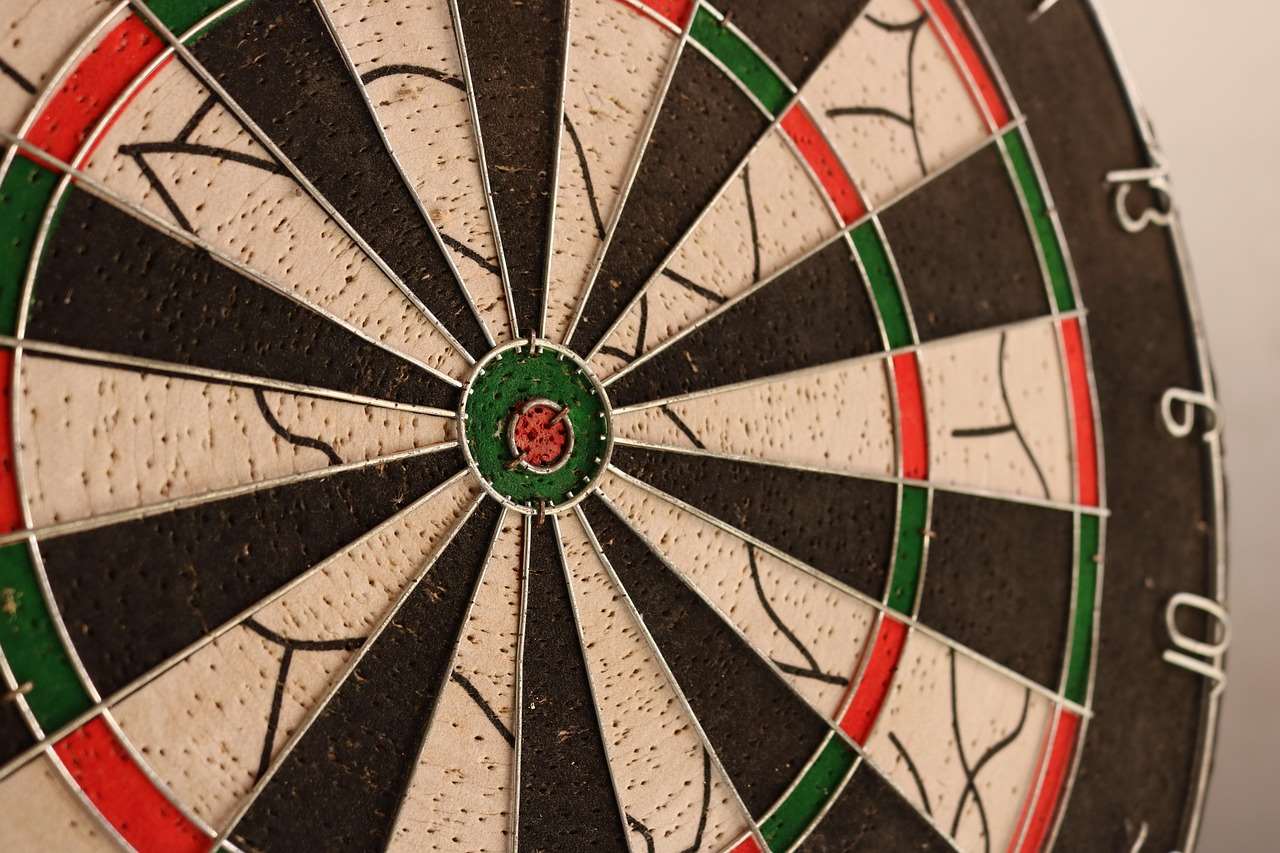
Pressure Control
Applying too much or too little pressure can negatively affect your throw. The ideal grip pressure should be firm enough to maintain control but light enough to avoid tensing your muscles. This allows for a smooth and natural release. Avoid squeezing the dart too tightly, as this can lead to inconsistent throws and fatigue.
- Light Touch: Imagine holding a fragile bird – you want to hold it securely without crushing it.
- Consistent Pressure: Maintain a consistent level of pressure throughout your entire throwing motion.
- Muscle Relaxation: Focus on relaxing your arm and shoulder muscles to allow for a fluid throw.
Finger Placement and Consistency
The placement of your fingers on the barrel is crucial for consistency. Ensure that your fingers are positioned in the same place each time you throw. This will help you develop a consistent feel for the dart and improve your accuracy over time. Having a consistent setup is paramount to accuracy.
- Visual Check: Before each throw, take a quick glance at your grip to ensure your fingers are in the correct position.
- Muscle Memory: Over time, your body will develop muscle memory, making consistent finger placement second nature.
- Avoid Adjustments: Resist the urge to adjust your grip during your throwing motion.
Adjusting Your Grip for Different Straight Barrel Dart Weights
Dart weight can significantly impact your grip. Lighter darts may require a more delicate grip, while heavier darts might need a more secure hold. Understanding how to adjust your grip for different weights is an important aspect of improving your game. Many players will also experiment with different Beginner Dart Barrel Materials, to see what compliments their grip.
Lighter Darts
When using lighter darts, a lighter grip is generally recommended. This helps to avoid overpowering the dart and allows for a smoother release. Focus on maintaining a light touch and avoiding any unnecessary tension in your hand.
- Fingertip Grip: Consider using a more fingertip-oriented grip for lighter darts.
- Reduced Pressure: Reduce the amount of pressure you apply with your fingers and thumb.
- Smooth Release: Focus on a smooth and effortless release.
Heavier Darts
Heavier darts may require a more secure grip to maintain control. You might need to apply slightly more pressure with your fingers and thumb to ensure the dart doesn’t slip during your throw. However, avoid gripping too tightly, as this can still lead to tension and inconsistent throws.
- Secure Hold: Ensure you have a firm and secure hold on the dart.
- Balanced Pressure: Distribute the pressure evenly across your fingers and thumb.
- Controlled Release: Maintain control throughout your throwing motion and release the dart smoothly.
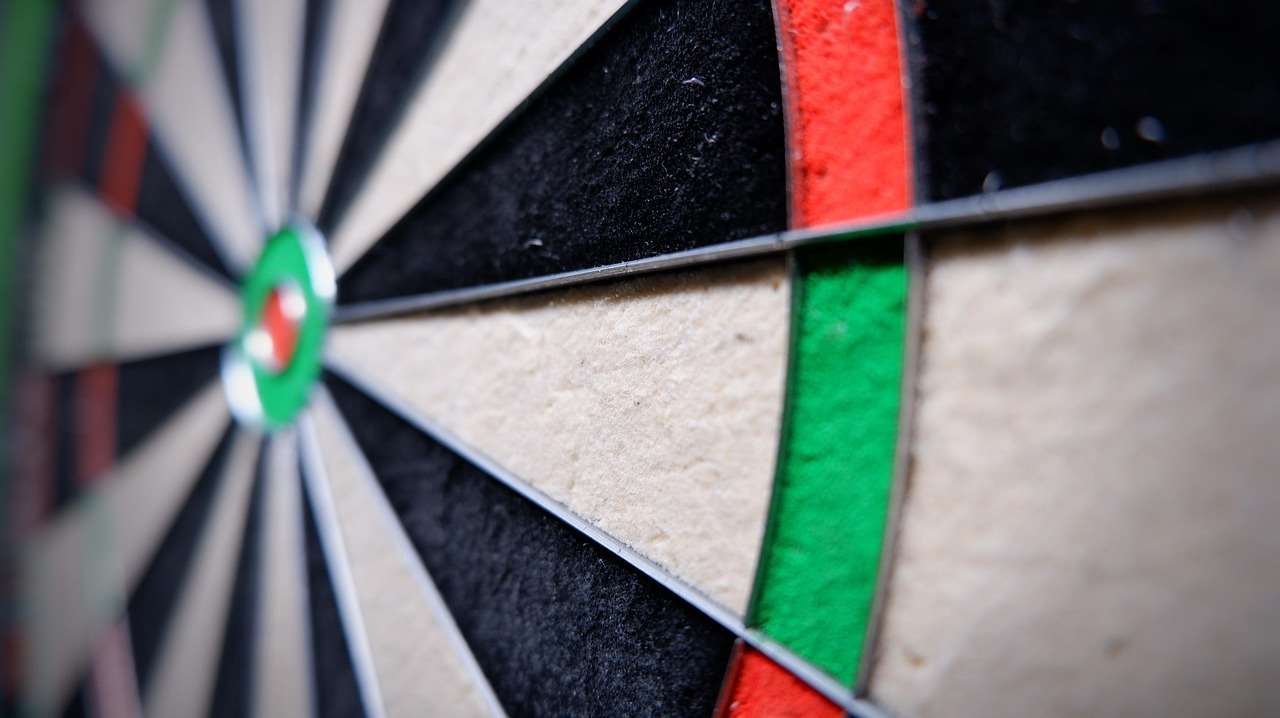
Common Mistakes to Avoid with a Straight Barrel Grip
Even with a solid understanding of **straight barrel grip tips**, it’s easy to fall into common pitfalls. Identifying and correcting these mistakes can prevent frustrating inconsistencies and help you reach your full potential.
Gripping Too Tightly
As mentioned earlier, gripping the dart too tightly is a common mistake that can lead to muscle tension and inconsistent throws. This restricts your arm movement, creating a jerky and inaccurate throw. Always aim for a relaxed and fluid motion.
Inconsistent Finger Placement
Failing to place your fingers in the same position each time you throw will lead to inconsistencies in your dart trajectory. Develop a consistent routine and take the time to check your grip before each throw.
Adjusting the Grip During the Throw
Attempting to adjust your grip mid-throw is a surefire way to disrupt your accuracy. Once you’ve started your throwing motion, commit to your initial grip and follow through with the throw.
Advanced Straight Barrel Grip Techniques
Once you’ve mastered the fundamentals, you can explore advanced **straight barrel grip tips** to further refine your technique and gain a competitive edge.
The Power Grip
The power grip involves using more of your fingers and thumb to generate extra force behind the dart. This grip can be useful for players who struggle to reach the board or who prefer a more aggressive throwing style. This is more common if using Tungsten Darts Pros Cons as they tend to be smaller and more dense.
The Fingertip Grip
The fingertip grip relies on using primarily your fingertips to control the dart. This grip can provide a more delicate and controlled release, making it ideal for players who value accuracy over power.
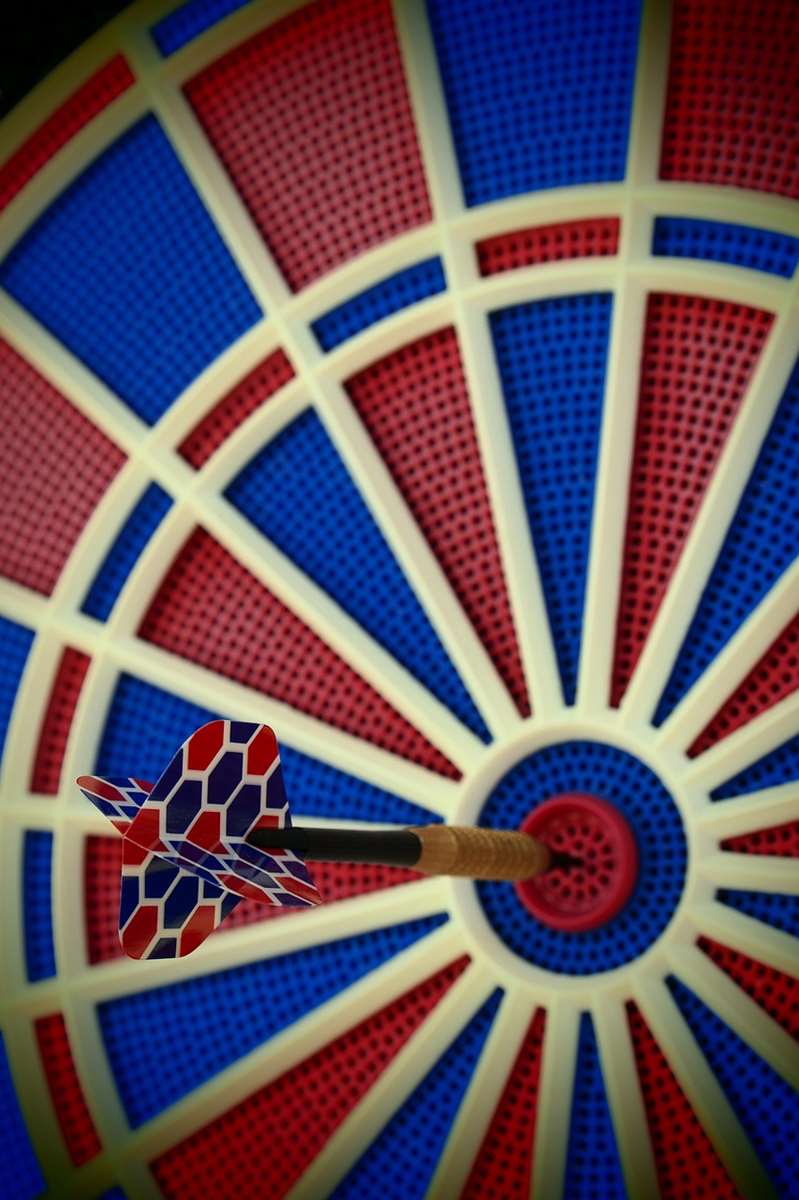
Rotating the Dart
Some players find that slightly rotating the dart in their hand before throwing can improve their release. Experiment with different rotation angles to see if this technique works for you. This can help you dial in the right finger placement.
Maintaining Your Darts for Optimal Grip
The condition of your darts can directly impact your grip. Regular maintenance ensures a comfortable and secure hold. Consider using dart wax or grip enhancers for better control.
Cleaning Your Darts
Dirt, oil, and sweat can accumulate on your darts, making them slippery and difficult to grip. Clean your darts regularly with a mild soap and water solution to maintain a clean and grippy surface.
Replacing Worn Flights and Shafts
Worn flights and shafts can affect the balance of your darts and make them more difficult to control. Replace these components regularly to ensure your darts are in optimal condition. It is important to Choose Right Dart Material when replacing parts to maintain the balance.
Using Dart Wax or Grip Enhancers
Dart wax and grip enhancers can provide additional grip and prevent your fingers from slipping on the barrel. Experiment with different products to find what works best for you.
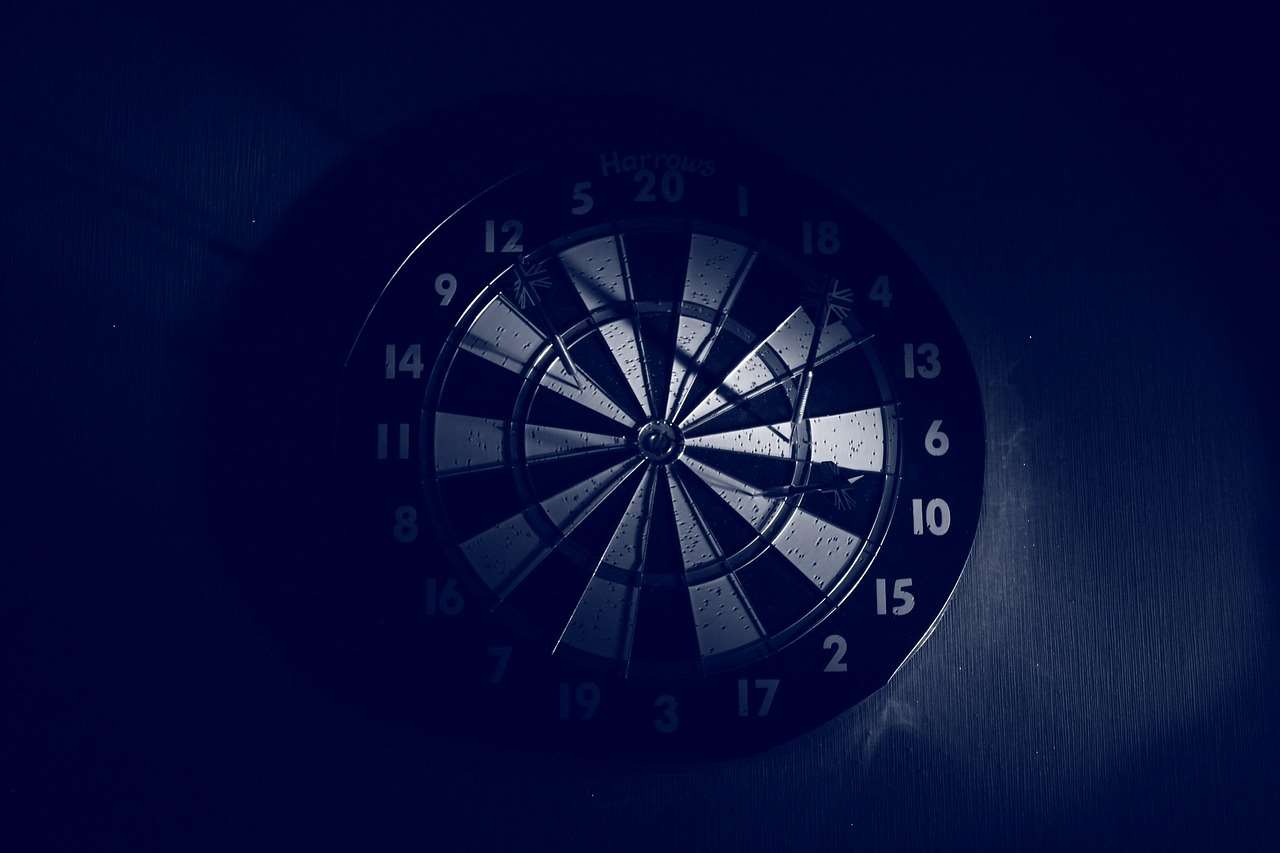
Practicing Your Straight Barrel Grip
Like any skill, mastering the **straight barrel grip** requires consistent practice. Dedicate time to practice sessions to focus specifically on your grip and throwing technique.
Target Practice
Set up a target and practice throwing darts with your refined grip. Focus on maintaining consistent finger placement, pressure, and release. Track your progress and make adjustments as needed.
Grip Drills
Perform grip drills to improve your muscle memory and consistency. This could involve repeatedly gripping the dart, practicing your throwing motion without releasing the dart, or throwing darts at a specific target area.
Recording and Analyzing Your Throws
Record your practice sessions and analyze your throws to identify areas for improvement. Pay close attention to your grip, arm movement, and release point. Consider asking a more experienced player for feedback on your technique.
Understanding Dart Barrel Materials and Grip
The material of your dart barrel also influences your grip. Different materials offer varying levels of grip and feel. For example, knurled barrels provide a more aggressive grip than smooth barrels.
Tungsten Darts
**Tungsten darts** are known for their high density, allowing for slimmer barrels. This can affect your grip and finger placement. Some players find slimmer barrels easier to grip consistently. Consider Why Choose Tungsten Darts if you prioritize a slim barrel.
Brass Darts
**Brass darts** are typically thicker than tungsten darts. This can require a slightly different grip to maintain control. They’re often more affordable, making them a good option for beginners experimenting with different grips.
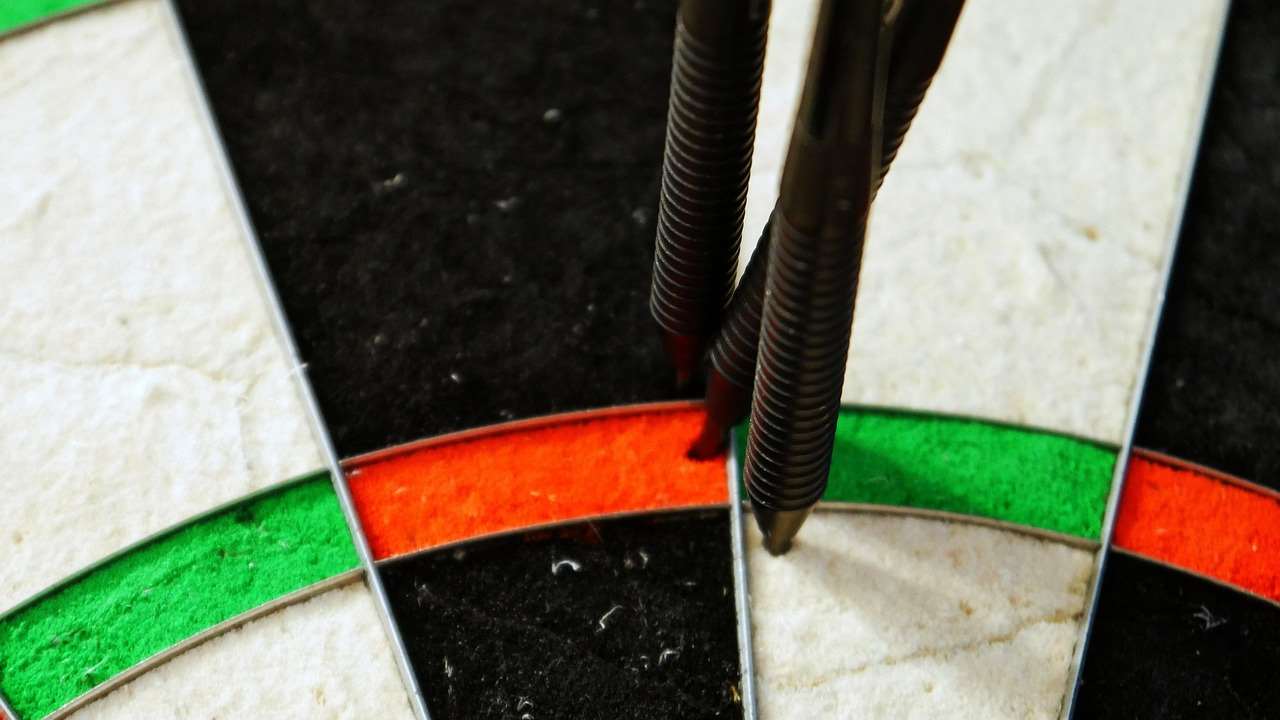
Conclusion: Refine Your Grip, Elevate Your Game
Mastering the **straight barrel grip** is a journey of experimentation and refinement. By understanding the principles of grip point, pressure control, and finger placement, you can significantly improve your accuracy and consistency. Remember to avoid common mistakes, explore advanced techniques, and maintain your darts properly. Dedicate time to practice, and you’ll be well on your way to elevating your dart game.
Ready to put these **straight barrel grip tips** into action? Start practicing today and experience the difference a solid grip can make!
Hi, I’m Dieter, and I created Dartcounter (Dartcounterapp.com). My motivation wasn’t being a darts expert – quite the opposite! When I first started playing, I loved the game but found keeping accurate scores and tracking stats difficult and distracting.
I figured I couldn’t be the only one struggling with this. So, I decided to build a solution: an easy-to-use application that everyone, no matter their experience level, could use to manage scoring effortlessly.
My goal for Dartcounter was simple: let the app handle the numbers – the scoring, the averages, the stats, even checkout suggestions – so players could focus purely on their throw and enjoying the game. It began as a way to solve my own beginner’s problem, and I’m thrilled it has grown into a helpful tool for the wider darts community.